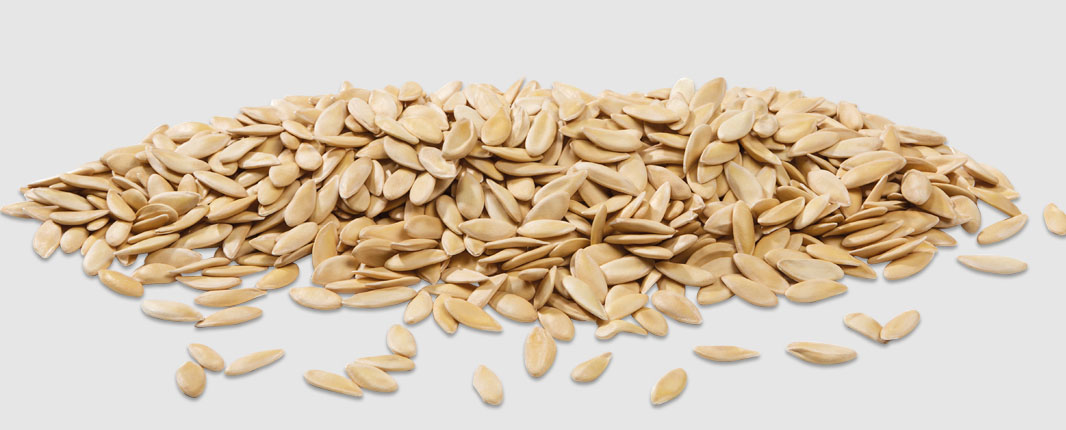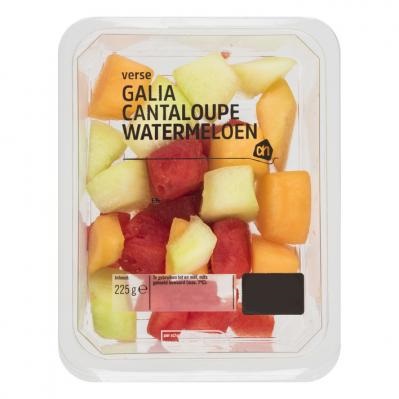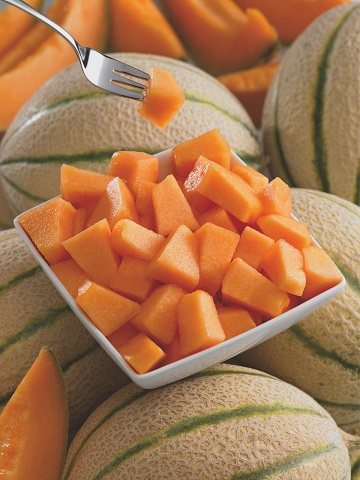
Содержание

Piel de Sapo, Italian Netted, Charantais. Three local melon heroes and greatly loved in their country of origin. Respectively Spain, Italy, and France. They remained a closely guarded secret. But that time has now passed. These melon types are conquering the North slowly but surely.
In the North, we didn’t know any better: a melon is a Galia. This type of melon was harvested before ripening. It could ripen during transport. On vacation in Southern countries, consumers experienced how sweet a melon can taste. As of then, they know what tastes good. This is what we call the sensory learning curve.
“We also see that the consumer’s expectation pattern rising. We see that they are willing to pay more for quality, particularly when it comes to flavour,” explains Sales Manager Miguel Salinas Torres. “This, combined with the improved logistics, creates opportunities for the local heroes from the south.”
The logistics have improved, but that is not the only factor. The trends for convenience and health have played a role in the rising of pre-cut pieces of melon in mixed packages. Now, consumers in the North eat more melon. Salinas Torres: “The Spanish Piel de Sapo appears less attractive to the consumer due to its dark green skin. This colour means unripe fruit for consumers. The mixed packages that contain various types of melon or are mixed with other fruit are an easy way of getting to know new types.” This development is not moving very quickly. Shelf life remains an issue. The weight of an adult Piel de Sapo is 1.7 kilograms. Northern consumers are not willing to carry this home. They prefer the convenience of a small container.

Unfortunately, these containers do not always state which type of melon they contain. "Consumers often eat them straight from the refrigerator. This prevents the aromas from being released", according to Marketing Specialist Hans Verwegen. “How can you know in that case that the tasty melon is a Piel de Sapo?"
" To inform the consumers we need good information. Think, for example, of information boards in the store, articles in store magazines and messages on the internet and social media in which we link the convenience product to the original fruit. In this way, we create a product experience. Also, we generate curiosity in the consumer for both product forms. The result? More sales and less unnecessary store losses. Our contacts in the northern European retail market reveal that this understanding of the need for product information about the melon product range grows, but not yet sufficiently.”
A lot can also be gained in the field of breeding. Salinas Torres: “When it comes to local types, we no longer focus only on southern consumers. The sugar content, the taste experience, the aroma, and the juice content are all properties that we are working on in melon breeding. We do this in close cooperation with the rest of the chain. And with respect to the traditional parameters of shelf life and uniformity. In the past, these last two parameters were reserved exclusively for export qualities. The local qualities focused more on flavour. We are now seeing an overlap in developing: export qualities also need to excel in flavour.”
In fact, it is a combination of
The nose and the mouth are connected. When you eat, aromatic air flows from your mouth to your nose. This allows you to observe the more specific ‘secondary flavours’. So actually, these ‘nose flavours’ are scents, such as vanilla, menthol, and cinnamon. These scents consist of volatile compounds. In combination with the brix concentration, these compounds form an important part of determining the flavour of what you eat. Finally, the texture determines the mouthfeel. It is important that the melon has a certain ‘bite’. If this is lacking, you perceive the melon as being floury.
